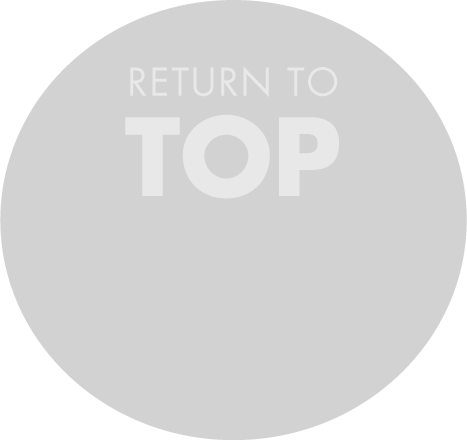
Our Story
Introduction
Yanchep Lavender Farm was founded by Karla and Gary—two hardworking West Australians who traded careers in mining for a life on the land.
What began as a rundown turf farm has since blossomed into one of WA’s most unique boutique lavender operations, where every product is grown, harvested, distilled, and handmade on site.
Our Story
In 2005, Gary and Karla purchased a 25-acre property in Carabooda. Once a working turf farm, the land had potential—but limited water licences made lawn farming unviable.
So began their search for something more sustainable. They explored various crops, but one kept standing out: lavender.
Why Lavender
Lavender offered everything they were looking for—drought tolerance, beauty, and potential. The only challenge? They had no experience growing it.
They spent two years removing turf and preparing the soil. In the meantime, they visited other farms and connected with experienced growers, including Bob and Jenny from Namastay Lavender, who generously shared advice, equipment, and plant cuttings.
They joined the Australian Lavender Growers Association (TALGA), travelled to Victoria to meet growers, and eventually sourced 18,000 seedlings from Larkman Nurseries—varieties including Bee, Pacific Blue, Grosso, Vera, and Impress Purple.
Preparation & Planting
Lavender prefers drip irrigation over sprinklers, so the existing turf system had to go. Gary installed a ring main system with over 25km of drip line to support plant health and water efficiency.
Planting began in March 2015 using a seedling planter and plenty of help from family and friends. In just two weeks, nearly 40,000 lavender plants were in the ground.
First Harvest and Early Success
With a 95% success rate, the field thrived. But harvesting 65 rows—each 300 metres long—by hand wasn’t an option.
After connecting with a lavender grower in New Zealand, Gary and Karla ordered a custom mechanical harvester from Bulgaria. It arrived four months later and made large-scale harvesting possible.
Steam distillation is done on site, using a still that holds 120kg of lavender and produces 4–6 litres of essential oil per batch. Their first season (2016–2017) yielded 10 litres from angustifolia and 50 litres from intermedia varieties.
In 2018, their Intermedia Grosso oil was awarded 1st place at the TALGA Essential Oil Awards—judged on aroma, clarity and quality by experts at the University of Queensland.
Products
Yanchep Lavender Farm is one of the few in Australia to manage the entire process on site—from planting to packaging.
Their growing product range includes essential oils, hydrosols, soaps, candles, skincare, air sprays, and more—all crafted in small batches with care and attention to quality.
Lavender also attracted an unexpected visitor: bees! The team joined the WA Apiarists’ Society and installed hives, producing natural multi-floral honey from the surrounding lavender, eucalyptus, rosemary and banksia.
They’ve also planted 4,000 ornamental lavenders to provide colour, attract pollinators, and enhance the beauty of the farm year-round.
Temporarily Closed
The farm is currently closed to the public while we focus on essential maintenance, restocking our product range, and nurturing the next season of lavender.
Though our gates are shut for now, the heart of Yanchep Lavender Farm is still very much alive—growing, improving, and preparing for what’s ahead. We’re still taking enquiries for private events and look forward to welcoming you back soon to experience the beauty, calm, and scent of lavender in full bloom.
